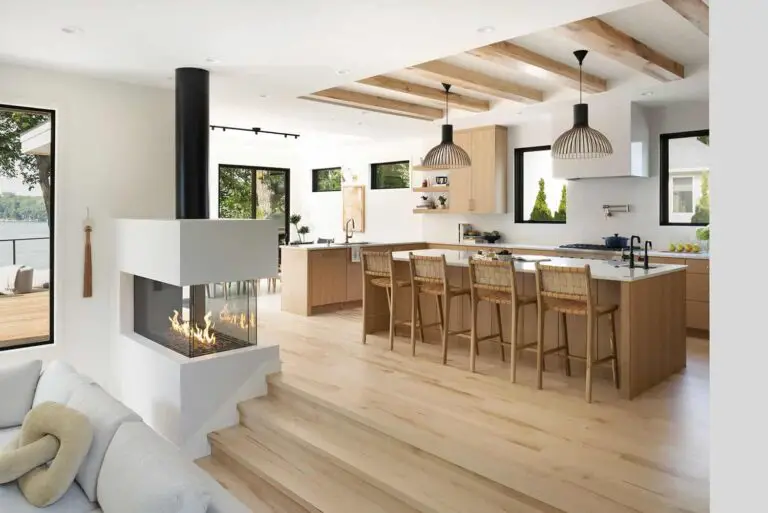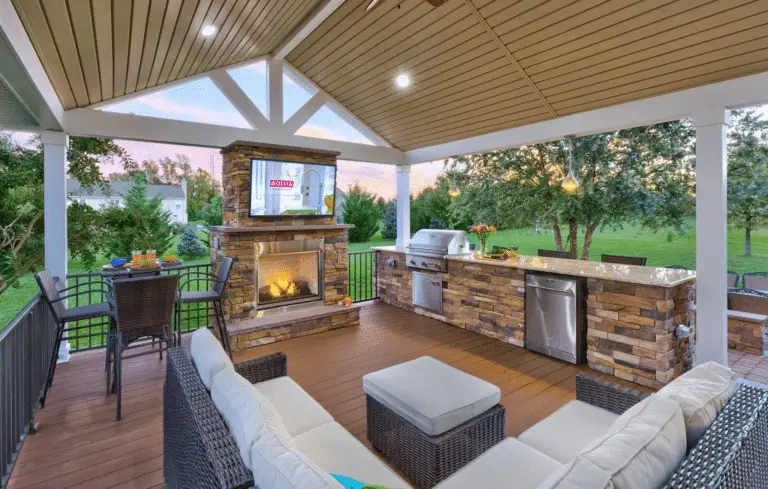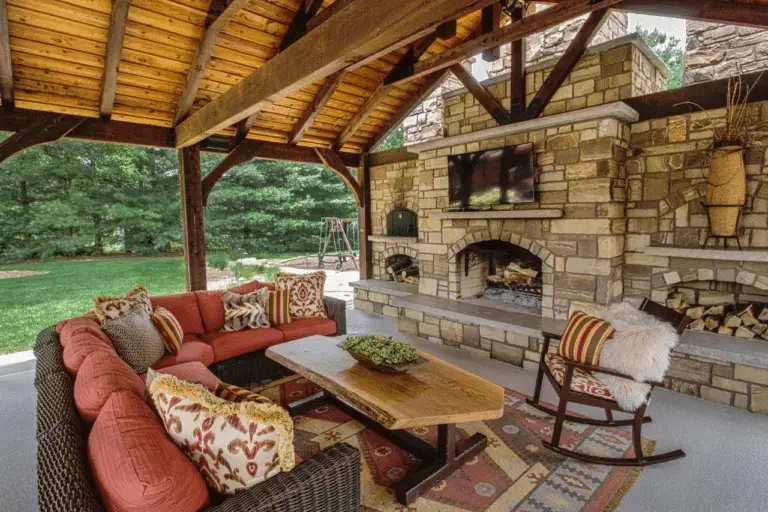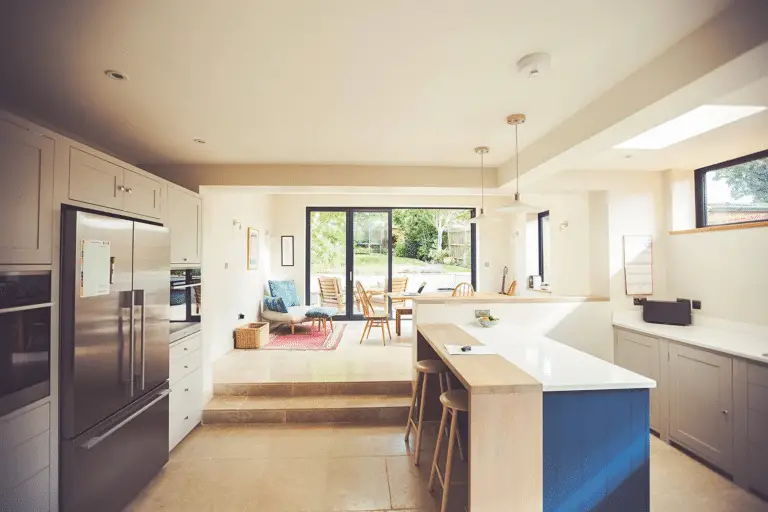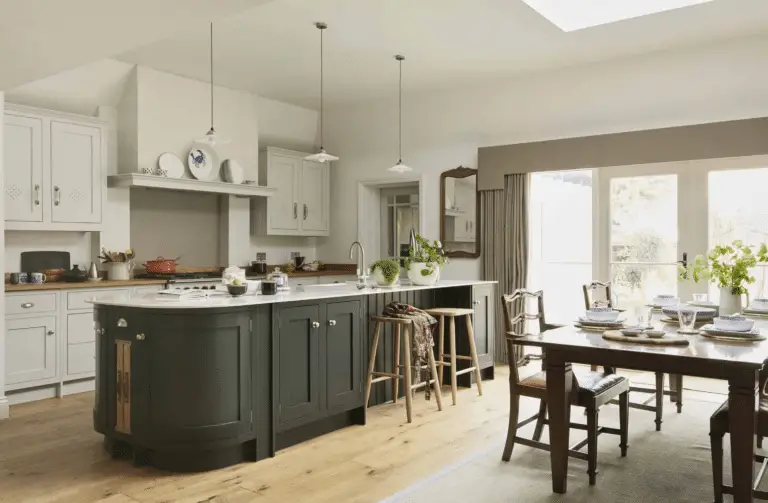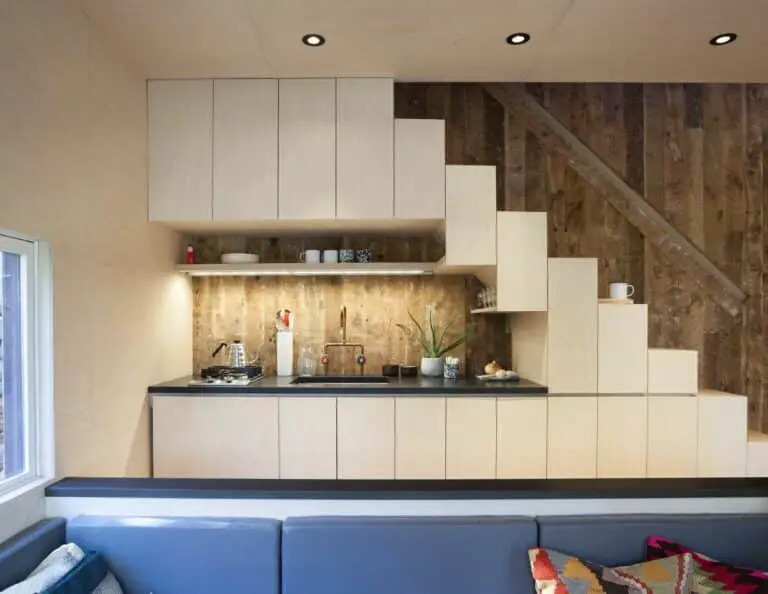Hey there, looking to spruce up your kitchen with a touch of sustainability and style? Pallet wood might just be the perfect choice for you! In this blog post, we’ll dive into why pallet wood is a great option for your kitchen, along with essential tips for maintenance and treatment.
From protecting against wear and damage to choosing the right treatment products, we’ve got you covered. Stay tuned to discover how pallet wood can elevate your kitchen design while making an eco-friendly impact. Let’s get started!
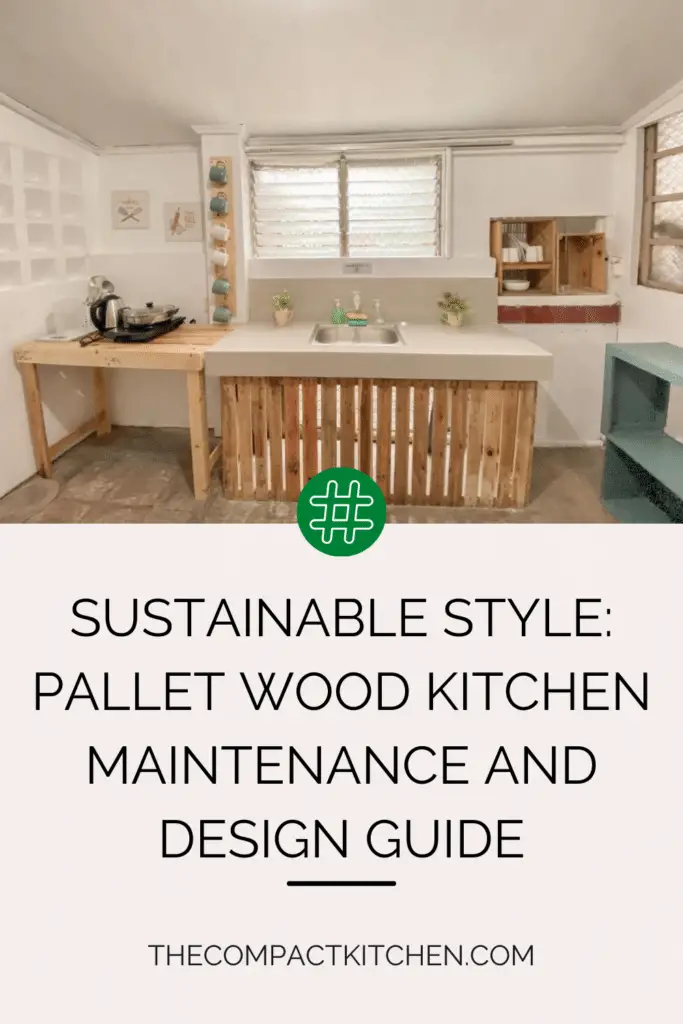
Introduction to Pallet Wood for Kitchen Use
When it comes to designing a sustainable and stylish kitchen, pallet wood has become a popular choice for many homeowners. Not only does pallet wood offer a unique aesthetic appeal, but it also helps in reducing waste and environmental impact. However, using untreated pallet wood in a kitchen environment can lead to common issues that need to be addressed to ensure longevity and safety.
Understanding Why Pallet Wood is a Sustainable and Stylish Choice
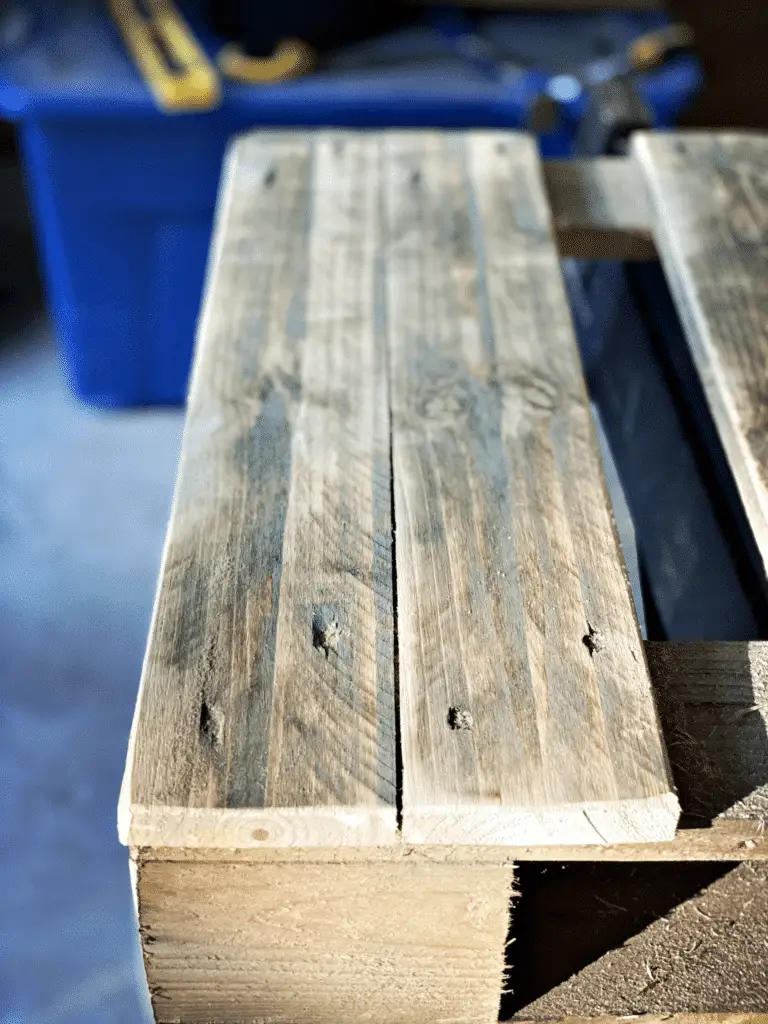
Pallet wood is a sustainable choice for kitchen use because it is often recycled from used shipping pallets that would otherwise end up in landfills. By repurposing pallet wood, you are helping to reduce deforestation and waste, making it an eco-friendly option for your kitchen design. Additionally, pallet wood brings a rustic and natural element to your kitchen, adding character and charm to the space.
Common Issues with Untreated Pallet Wood in a Kitchen Environment
While pallet wood is a great choice for kitchen design, using untreated pallet wood can lead to issues such as warping, cracking, and mold growth due to exposure to heat, moisture, and food particles. To avoid these problems and ensure the longevity of your pallet wood kitchen components, proper maintenance and treatment are essential.
Essential Tips for Maintaining Your Pallet Wood Kitchen Components
Maintaining pallet wood kitchen components is essential to ensure their longevity and keep them looking beautiful in your kitchen. In this section, we will discuss some key tips for proper maintenance to avoid wear and damage.
Regular Cleaning to Avoid Wear and Damage
One of the most important aspects of maintaining pallet wood kitchen components is regular cleaning. Dust, dirt, and food particles can accumulate on the surface of the wood, leading to wear and damage over time. To prevent this, make sure to regularly dust and wipe down your pallet wood surfaces with a damp cloth. Avoid using harsh chemicals or abrasive cleaners, as these can damage the wood’s finish.
Importance of Using Food-Safe Products
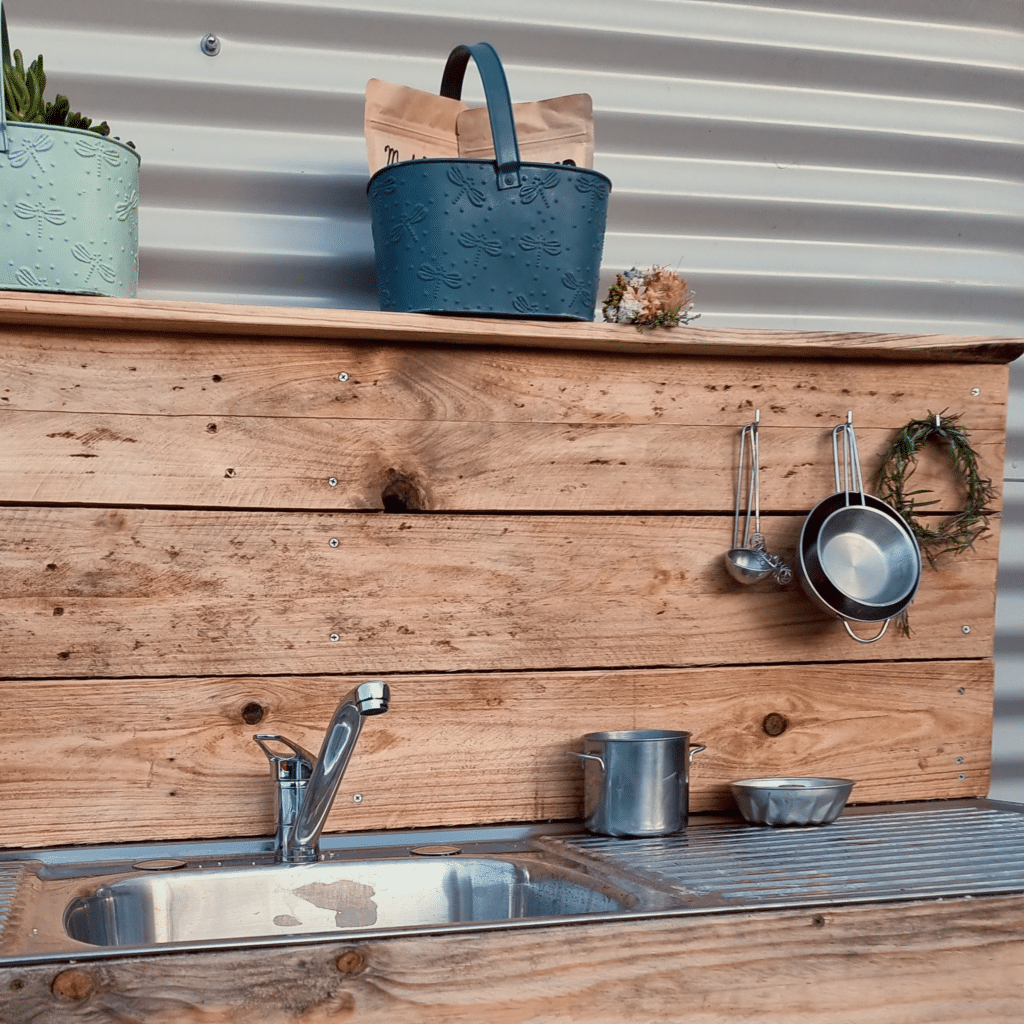
When it comes to maintaining pallet wood in the kitchen, it is crucial to use only food-safe products. Some cleaning agents may contain harmful chemicals that can leach into your food or damage the wood. Opt for natural, food-safe products like vinegar and baking soda for cleaning and maintenance. These gentle products will help preserve the wood’s natural beauty without posing a risk to your health.
Protecting Your Pallet Wood from Heat and Moisture
Pallet wood is susceptible to damage from both heat and moisture, which are common elements in a kitchen environment. To protect your pallet wood kitchen components, make sure to use coasters or trivets under hot dishes and cookware to prevent heat damage. Additionally, be mindful of spills and moisture, and promptly wipe up any liquid to prevent warping or staining. Consider applying a protective sealant to your pallet wood surfaces to create a barrier against heat and moisture, extending the life of your kitchen components.

By following these essential tips for maintaining your pallet wood kitchen components, you can ensure that they remain in top condition for years to come. With proper care and attention, your pallet wood surfaces will continue to add warmth and character to your kitchen while staying safe and sustainable for everyday use.
The Basics of Treating Pallet Wood for Kitchen Use
When it comes to using pallet wood in your kitchen, treating the wood is a crucial step to ensure its longevity and maintain its aesthetic appeal. In this section, we will cover the basics of treating pallet wood for kitchen use, including selecting the right treatment products, applying them correctly, and knowing when to re-treat your kitchen components.
Selecting the Right Treatment Products
Before you start treating your pallet wood kitchen components, it’s essential to choose the right products for the job. Look for treatments that are specifically designed for use on wood that will come into contact with food, such as cutting boards or countertops. Opt for food-safe sealants or finishes that will protect the wood from moisture and stains without compromising its safety.
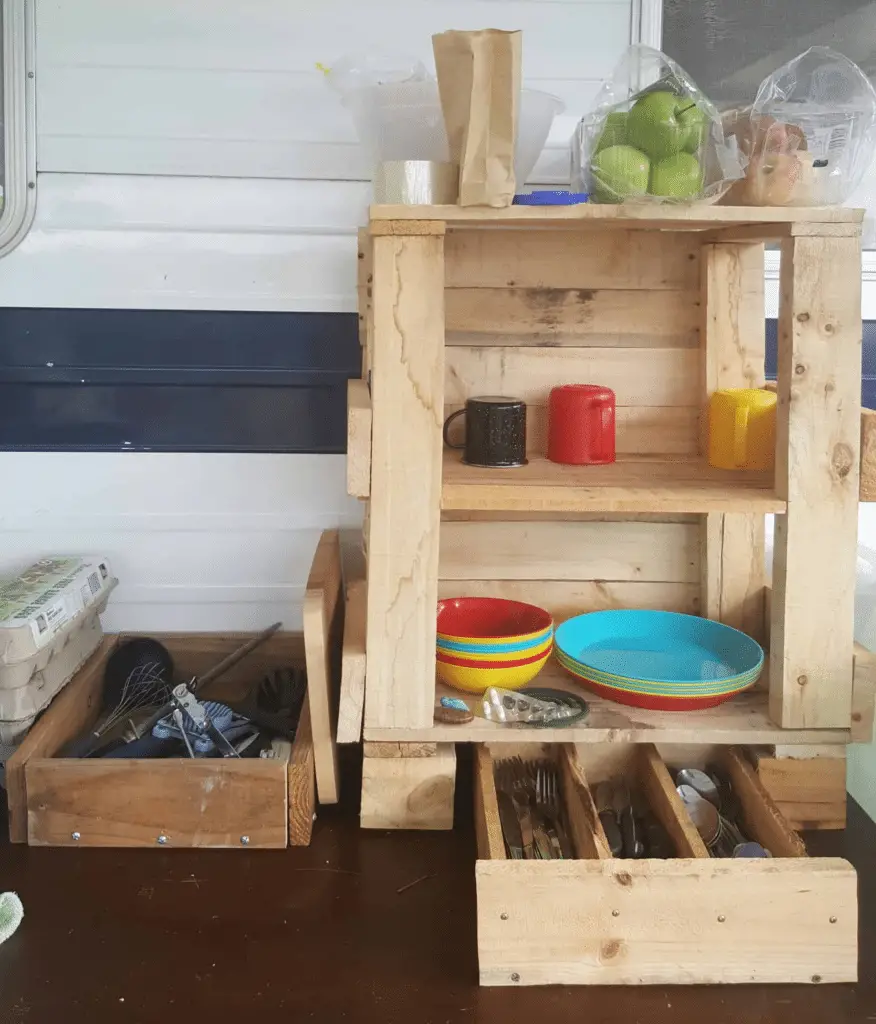
When selecting a treatment product, consider the level of protection you need based on how the pallet wood will be used in your kitchen. For high-traffic areas like countertops or dining tables, a durable sealant that can withstand heat and spills may be your best bet. For decorative elements like shelving or cabinet doors, a lighter finish that enhances the natural beauty of the wood may be more appropriate.
Applying Treatment Products
Once you’ve chosen the right treatment products for your pallet wood kitchen components, it’s time to apply them properly. Start by cleaning the wood thoroughly to remove any dirt, dust, or debris that could interfere with the treatment process. Use a gentle cleanser and a soft cloth to avoid scratching or damaging the wood.
When applying the treatment product, follow the manufacturer’s instructions carefully to ensure proper coverage and adhesion. Use a brush, cloth, or sponge to evenly coat the wood, working in the direction of the grain to prevent streaks or bubbles. Allow the product to dry completely before adding additional coats, if necessary.
Re-Treating Your Pallet Wood
Even with regular maintenance and care, pallet wood in a kitchen environment will eventually need to be re-treated to maintain its beauty and functionality. The frequency of re-treatment will depend on the type of treatment product you used, the level of use the wood receives, and the conditions it is exposed to.
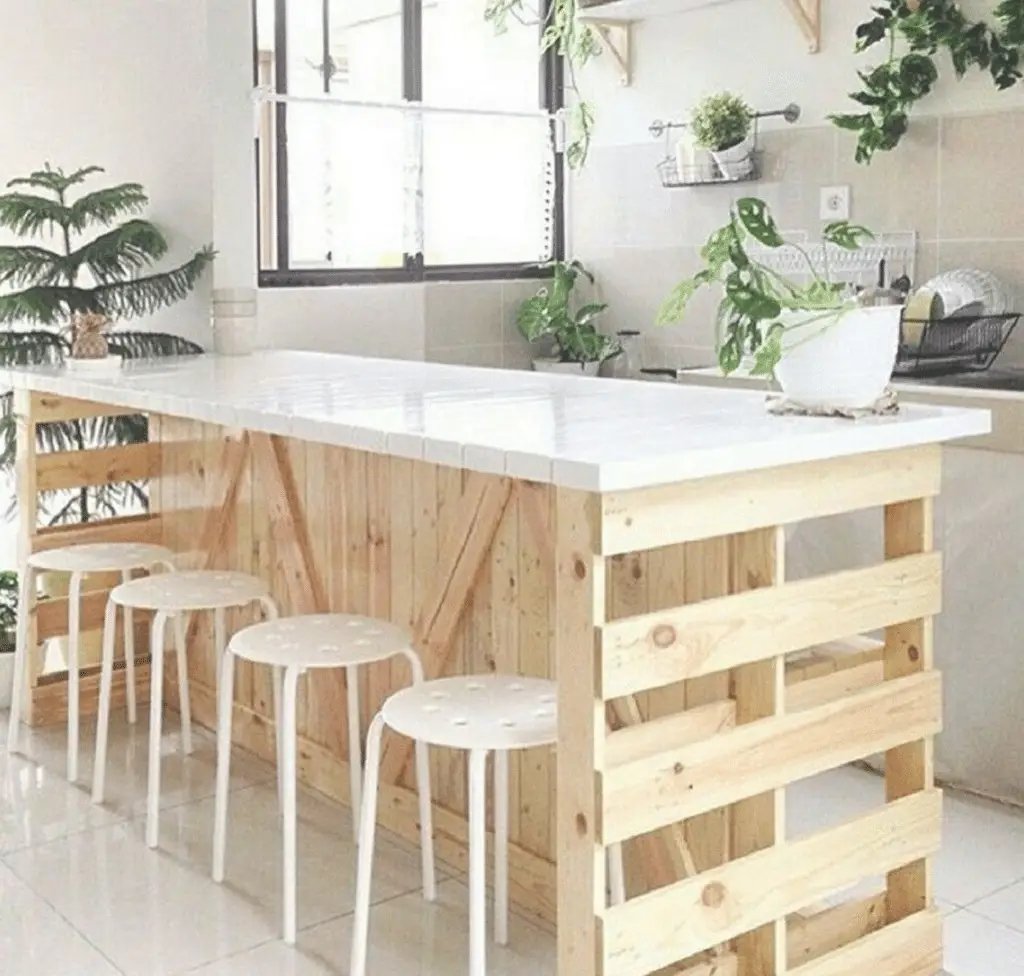
As a general rule of thumb, plan to re-treat your pallet wood kitchen components every 6-12 months to keep them looking their best. Keep an eye out for signs of wear, such as fading, water spots, or stains, that indicate the need for re-treatment. By staying on top of maintenance and re-treating your pallet wood as needed, you can ensure that it will continue to enhance your kitchen for years to come.
The Role of Pallet Wood in Kitchen Design Aesthetics
When it comes to kitchen design, the material you choose can make a big impact on the overall look and feel of the space. Pallet wood, with its rustic charm and unique character, has become a popular choice for homeowners looking to add a touch of warmth and personality to their kitchens. In this section, we will explore the role that pallet wood plays in kitchen design aesthetics and how you can make the most of this versatile material in your own home.
Exploring the Unique Look and Feel of Pallet Wood in the Kitchen
One of the key reasons why pallet wood has become so popular in kitchen design is its distinctive look and feel. Each piece of pallet wood comes with its own history and character, with knots, grain patterns, and weathering adding interest and charm to the material. This can create a sense of warmth and authenticity in a kitchen, making it feel inviting and lived-in.
Beyond its visual appeal, pallet wood also has a tactile quality that can add texture and depth to a kitchen design. Whether used as flooring, cabinets, or accent pieces, the rough-hewn nature of pallet wood can create a sense of contrast and balance in a space, adding visual interest and personality.
Choosing the Right Pallet Wood for Your Kitchen Design Aesthetic
When incorporating pallet wood into your kitchen design, it’s important to consider the overall aesthetic you are trying to achieve. Pallet wood comes in a variety of colors and finishes, from light and weathered to dark and rich, so you can choose a look that complements your existing decor and design style.
If you have a rustic or farmhouse-style kitchen, weathered and distressed pallet wood can help create a cozy and welcoming atmosphere. On the other hand, if you have a more modern or industrial-inspired kitchen, sleek and smooth pallet wood with a minimal finish can add a touch of warmth and character without overpowering the space.
The Benefits of Using Pallet Wood in Rustic and Modern Kitchen Designs
One of the great things about pallet wood is its versatility. Whether you have a rustic, farmhouse-style kitchen or a sleek, modern space, pallet wood can be used to add character and charm to your design. In a rustic kitchen, pallet wood can help create a cozy and inviting atmosphere, while in a modern kitchen, it can add warmth and texture to an otherwise sleek and minimal space.
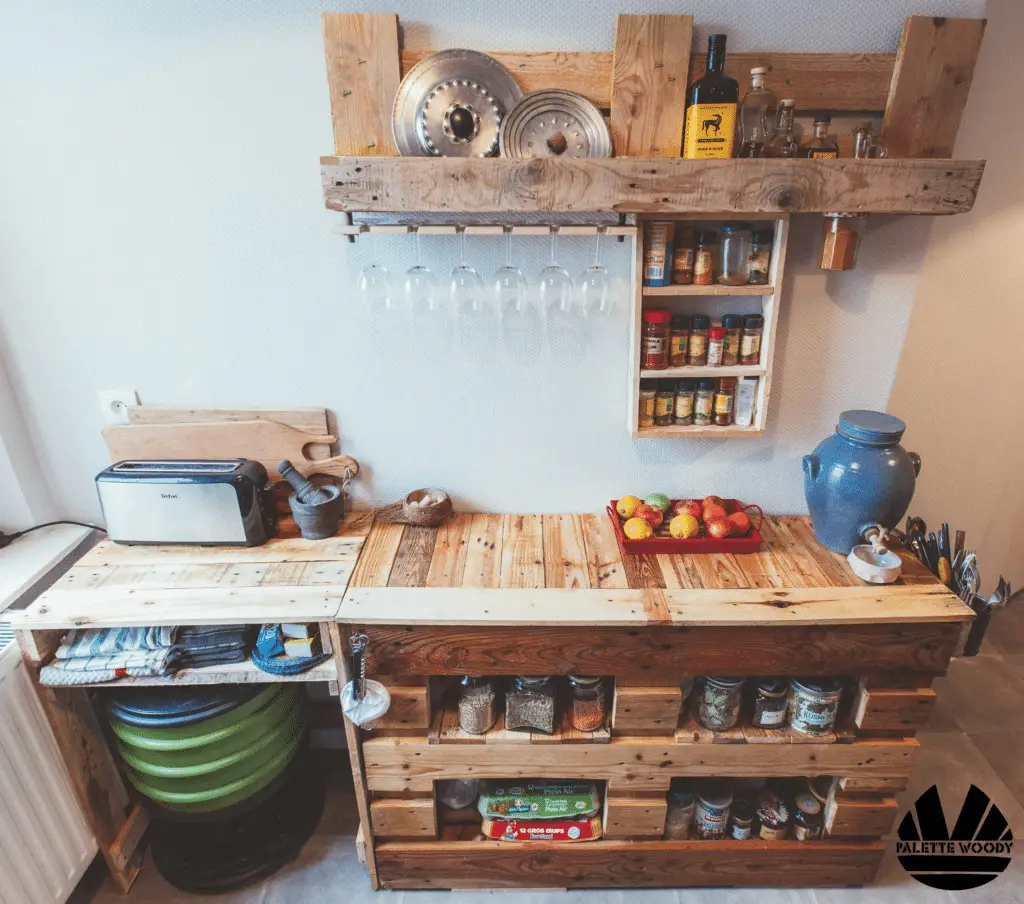
Additionally, pallet wood is a sustainable choice for kitchen design, making it a popular option for homeowners who are looking to reduce their environmental impact. By choosing pallet wood for your kitchen components, you can create a stylish and eco-friendly space that reflects your personal style and values.
The Environmental Impact of Using Pallet Wood in Your Kitchen
When it comes to making sustainable choices for your kitchen, opting for pallet wood can have a significant impact on the environment. By using pallet wood in your kitchen design, you are not only adding a unique aesthetic touch but also playing a part in reducing deforestation and waste.
Reducing Deforestation and Waste
One of the key benefits of choosing pallet wood for your kitchen is its ability to reduce the demand for new timber, which helps in the preservation of forests. By using reclaimed pallet wood, you are essentially giving new life to wood that would have otherwise been discarded, thereby reducing waste and promoting sustainability.
Recycling and Re-purposing Pallets
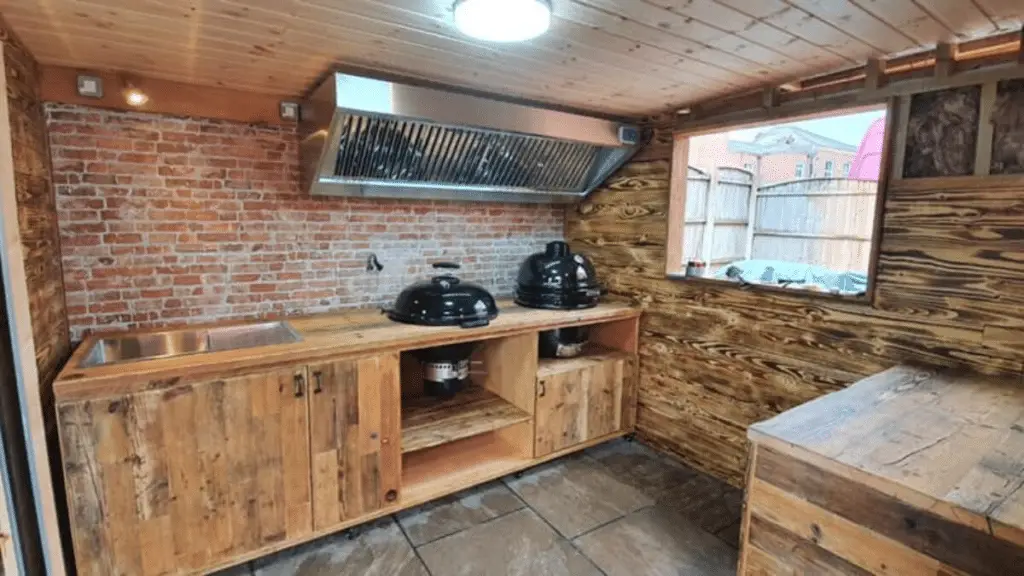
Another important aspect to consider is the process of recycling and re-purposing pallets into usable kitchen components. Pallets are often discarded after serving their initial purpose, but by reusing them in your kitchen, you are contributing to a circular economy where materials are recycled and repurposed instead of ending up in landfills.
Long-lasting Impact on the Environment
The choice to use pallet wood in your kitchen may seem like a small decision, but its impact on the environment is lasting. By making sustainable choices in your home, such as incorporating pallet wood into your kitchen design, you are setting an example for others and helping to create a more eco-friendly mindset in our society.
Overall, the environmental impact of using pallet wood in your kitchen goes beyond just aesthetics. It is a conscious choice that can make a difference in reducing deforestation, waste, and promoting sustainability for a greener future.
Happy Pallets, Happy Kitchen: Wrapping Up Your Pallet Wood Journey
In conclusion, by following essential maintenance tips, treating your pallet wood with care, and considering the environmental impact, you can create a stunning and sustainable kitchen. Remember, a little TLC goes a long way in preserving the beauty and functionality of your pallet wood components. So, keep your kitchen happy by keeping your pallets happy! 🌿🏡 #PalletWoodKitchen #SustainableDesign


